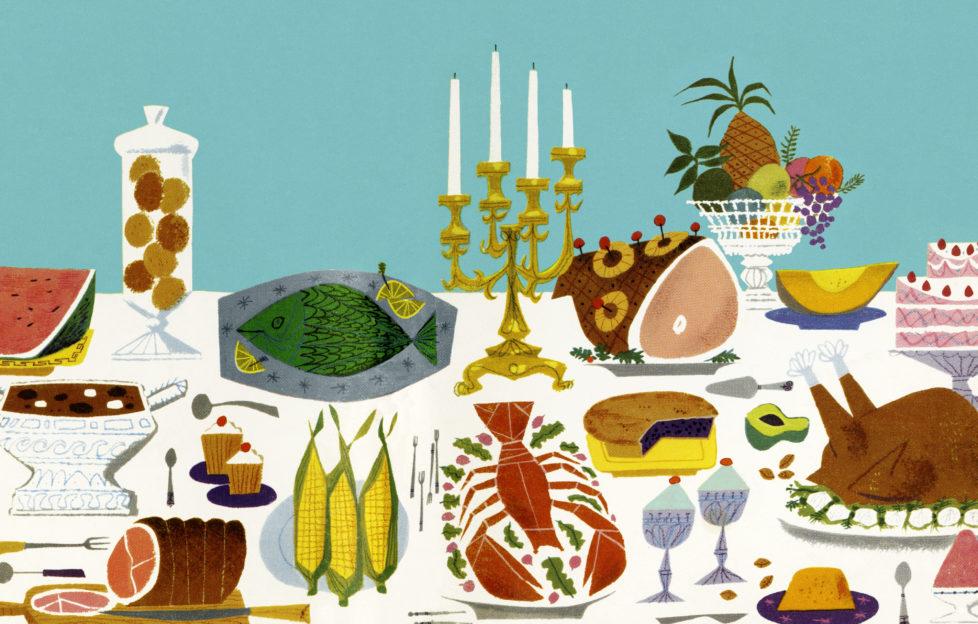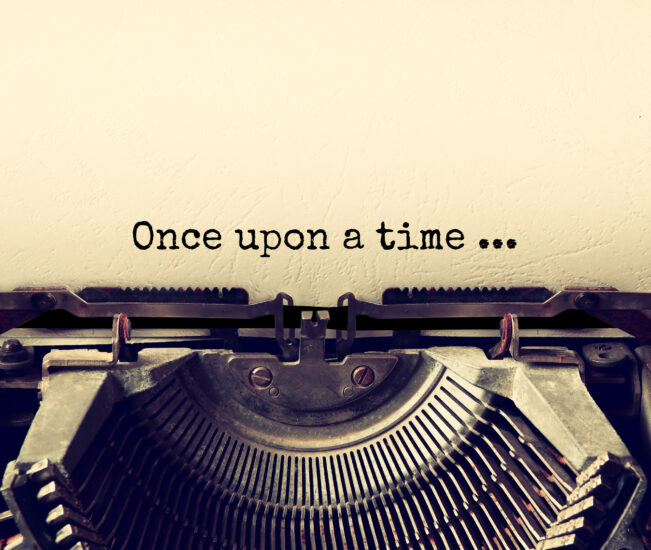
When browsing the DC Thomson Shop for festive gifts recently, my love of food drew me to our “150 Years Of Christmas Cookery” book.
This special Collector’s Edition contains 150 years of tasty and innovative recipes from throughout our history.
You can even buy it with a tin of traditional, handmade Dundee cake.
Food and fiction
Many of the stories published in the “Friend” occur in settings where food and cooking is a staple feature.
One of the benefits of including food in stories is the environment it creates.
Whether a couple is preparing for a romantic dinner at home or dining out in a restaurant, the sights, smells and sounds that food creates can establish an atmosphere and further character development.
The senses
For example, a character could be aware of the vibrant colours of fruit and vegetables. This might make the character muse on events of old, where colours symbolised something of meaning.
The smell of food can act as a trigger in a character’s mind.
For example, we can all surely recall a time when we stepped inside a room where the smell of cooking permeating the air.
In my mind, I think of homemade soup, pancakes and mince — not on the same plate, though!
Even the sound of food can have an impact on storytelling. The bubbling of a pan, the sound of a rustling packet.
And what about conversation? Is it natural through the course of a meal, or not?
So, next time you are writing a story and you feel yourself at an impasse, you could do worse that have your characters prepare a meal together.
It might not be the food itself that’s important, but how the characters’ senses engage with what they are cooking/eating. And also how that, in turn, can develop other story elements.
Bon appétit!
For more writing hints and tips, click here.
If it’s writing inspiration you’re after, try one of Fiction Ed Shirley’s Story Starters.




